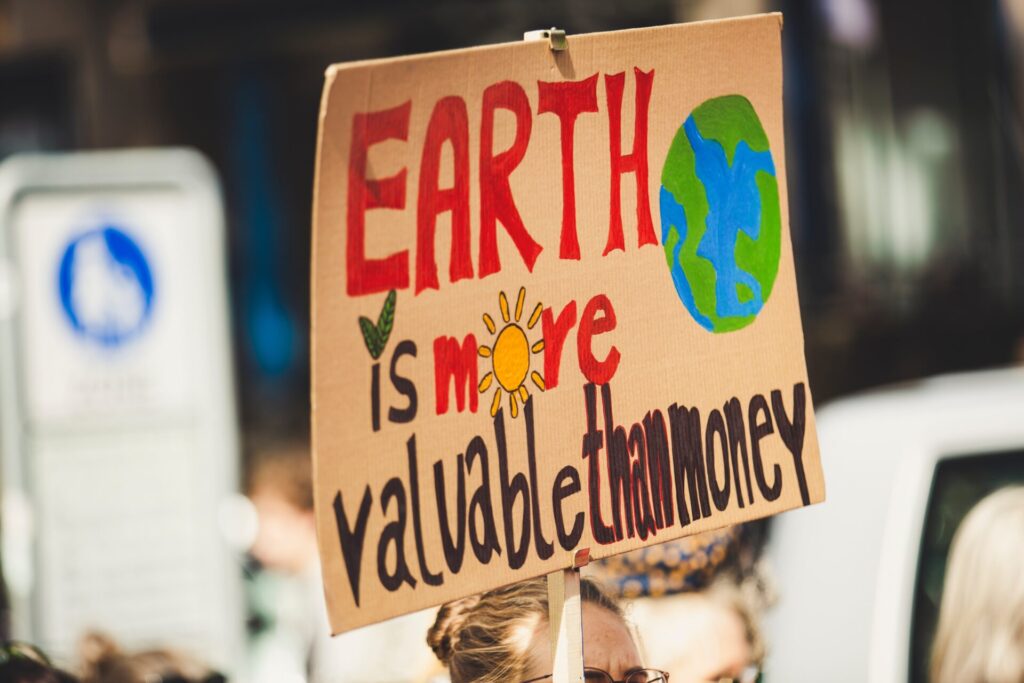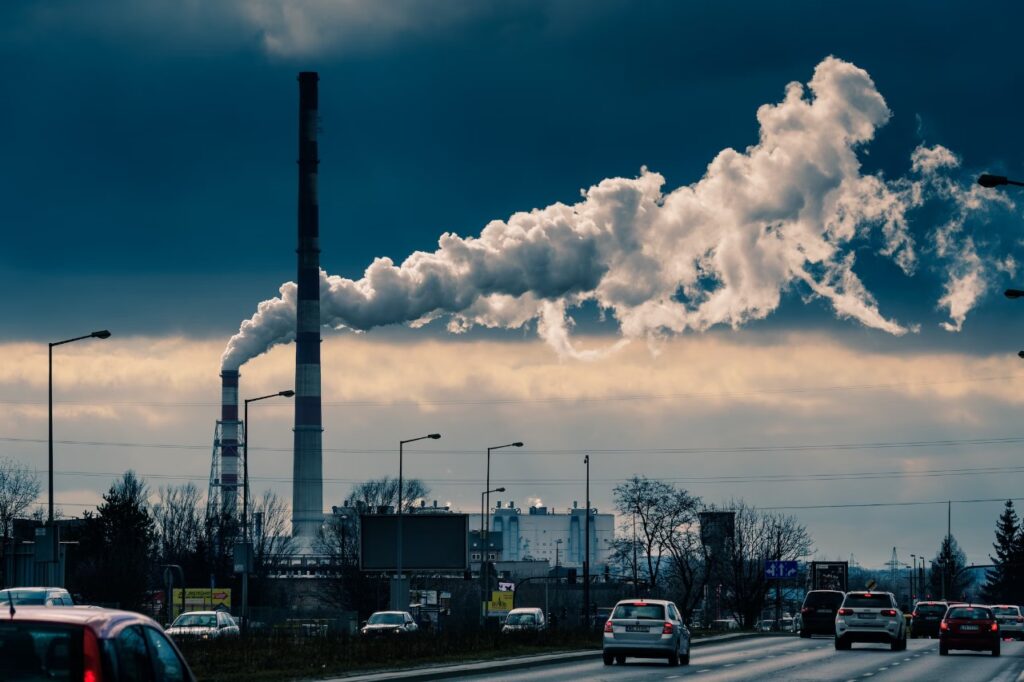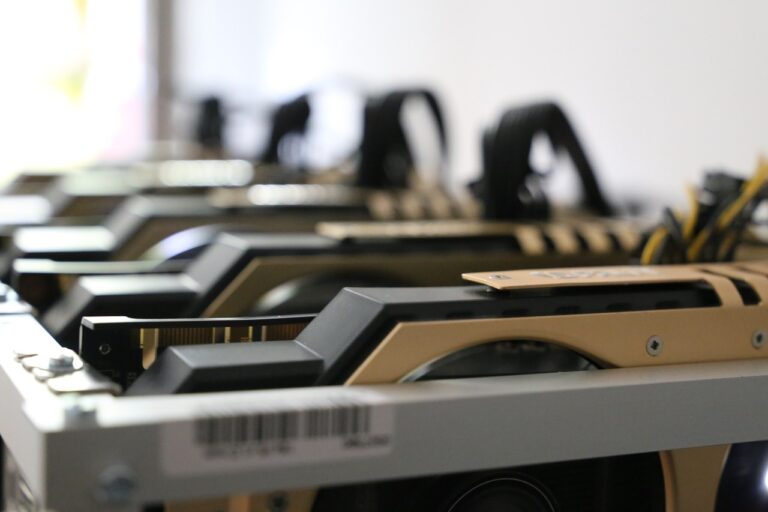Climate Change Hanging by the Dollar
The world is going to end! Let’s pack our bags and shift to Mars as already attempted by our fellow human being, Elon Musk. However, spoiler alert, not all of us are rich brats like Mr. Musk. So, let’s try maybe improving this planet instead.
This is where the heavily repeated conversation of climate change enters the chat. Climate change has gained the spotlight in the past decade. Climate change refers to long-term shifts in temperatures and weather patterns. The alterations may be amorphous, although since the 1800s, human activity has been the primary cause of climate change. This is largely due to burning fossil fuels, such as coal, oil, and gas, emitting gasses that trap heat.
Carbon dioxide and methane are the primary greenhouse gases responsible for climate change. These are produced, for instance, while burning coal or gasoline to heat a building. Carbon dioxide may also be released when woods and land are cleared. The primary sources of methane emissions are oil and gas production and agriculture. The key industries that produce greenhouse gasses are energy, industry, transport, buildings, agriculture, and land use.
Personally, climate change is one such issue that unites everyone across the globe. However, there are chunks of people who don’t believe in this future catastrophe altogether. This is a discussion for another time.
Blatantly speaking, humans are the main cause of this disaster to occur. Withal, humans are also the ones making desperate attempts to fix the problems they’ve created. That doesn’t make us that bad, I guess. One of the challenges in coping with this issue is money.
Influences of the Financial Sector
The process of calculating the economic costs of climate change is still being developed, though. Changes in weather patterns and more frequent and severe natural catastrophes will have an immediate financial impact, but most of the long-term costs will be outside the scope of conventional economic analysis. Climate change’s effects on the economy are anticipated to accelerate, albeit unevenly. The severity of the harm will rely critically on the policy decisions we make now, which will affect future generations.
Investors and policymakers are becoming more aware of the significant effects that climate change will have on the financial industry. The first is a physical peril that results from harm to assets, infrastructure, and the environment.
The second risk, known as the “transition risk,” is brought on by modifications to consumer and market attitudes, technology, and climate policy as a result of the transition to a lower-carbon economy. Exposures might differ greatly from one nation to another. Economies with lower and moderate incomes are often more exposed to physical dangers.

While every country is willing to contribute, some countries are being held more accountable for doing their part in this global initiative than others. What’s interesting is that the countries accused are much more stable and economically ahead of the countries being accused. On the surface, one might even agree with these nations. However, once you dive into it, you’ll learn that these developed nations outsource most of their manufacturing and production tasks to underdeveloped countries for cheap, and as a result of this, the waste disposed of by these nations is more supplemental than the richer countries.
Due to unchecked disposal methods and less access to funds for the same, most of the waste gets drained into water bodies changing the pH level and harming the aquatic ecosystem. To one’s surprise, this is only one of the smaller aspects that plays its role in mutilating the overall environment.
Investor’s Eco-Friendly Behavior
Carbon pricing and other fiscal policies have a primary role in reducing emissions and mobilizing revenues. The financial industry serves a significant complementary role, though. In order to partially offset the cost of catastrophes, financial institutions and markets currently offer financial protection through insurance and other risk-sharing arrangements, such as catastrophe bonds.
On the other hand, the financial system can play a greater part by mobilizing the funds necessary for investments in climate mitigation (resulting in decreased greenhouse gas emissions) and adaptation (enhancing resilience to climate change) in response to price signals like carbon prices. In other words, the financial system may effectively aid in the achievement of these objectives provided policymakers implement measures to account for externalities and offer incentives for the shift to a low-carbon economy.
The amount of money needed to invest globally to combat climate change is projected to be in the billions of dollars, with infrastructure projects alone requiring roughly $6 trillion a year up until 2030. Most of these investments will probably go through the banking system as intermediaries. From an outsider’s perspective, a lack of push from the financial sector can be just as risky in achieving its goal as not having enough resources.

Sustainable Finance could be a friend of Climate Change
The increasing popularity of sustainable finance (the incorporation of environmental, social, and governance variables into investment choices) across all asset classes demonstrates the growing significance that investors attach to nonfinancial factors such as climate change. The estimated size of the global sustainable finance market in terms of assets ranges from $3 trillion to $31 trillion.
Although green investing began on the stock market, high investor demand and government assistance led to the issue of green bonds, increasing the stock’s value from $78 billion in 2015 to an anticipated $590 billion in August 2019.
Banks have finally gained some sense and have started doing the bare minimum of offering discounts on loans for environmentally friendly projects. Great job banks! Pat yourselves on the back.
By offering businesses incentives to adopt less carbon-intensive technologies and specifically by funding the development of new ones, sustainable finance can aid in the mitigation of climate change. Investors can accomplish this purpose by interacting with corporate management, acting as activist investors who support low-carbon plans, and making loans to businesses that are setting the standard for sustainability. All of these acts influence the allocation of capital by sending price signals both directly and indirectly.
However, it is still tricky to gauge how sustainable investments are affecting their environmental goals. There are issues with unsupported claims that assets are environmentally friendly, sometimes referred to as “greenwashing.” Investors may grow hesitant to make the significant investments required to combat or attenuate climate change, particularly if the official response to the issue is slow or insufficient.
Financial regulators have complete authority over climate change since it poses a danger to the stability of the financial system. They must become aware of this new systemic risk and take action to increase the financial institutions’ and markets’ resiliency. Waiting will only enhance the possibility that a climate shock could seriously disrupt the global economy and destabilize the financial system. The cost of regulators’ inaction now shouldn’t fall on the shoulders of workers, families, and taxpayers in the future.
This only leaves us with the lingering thought of whether the ginormous tribulation lies at the hands of those within the control of the capital.








